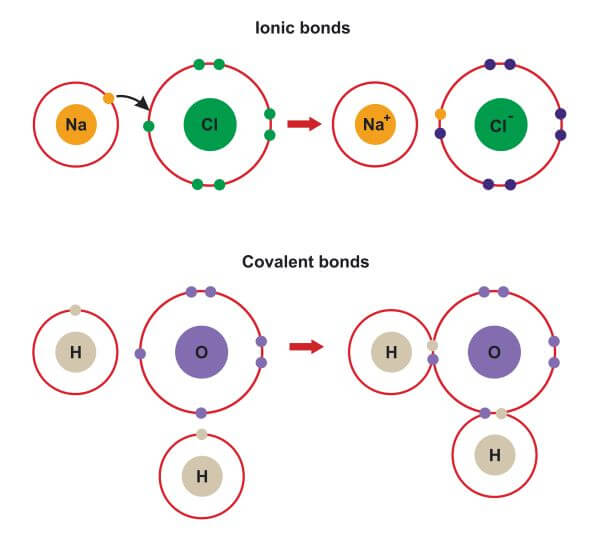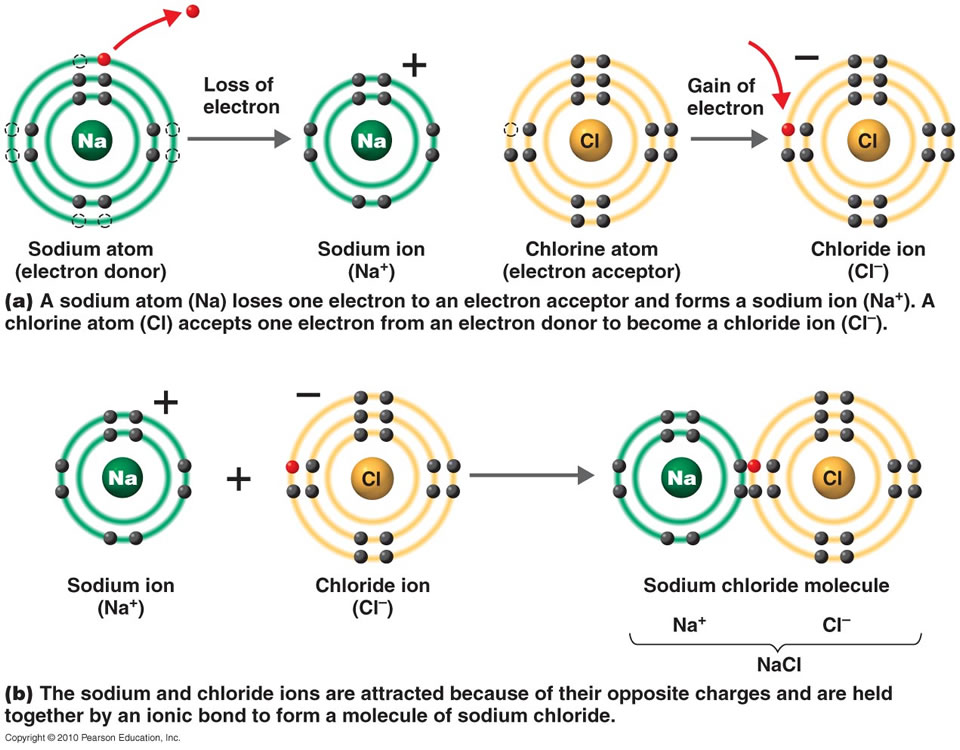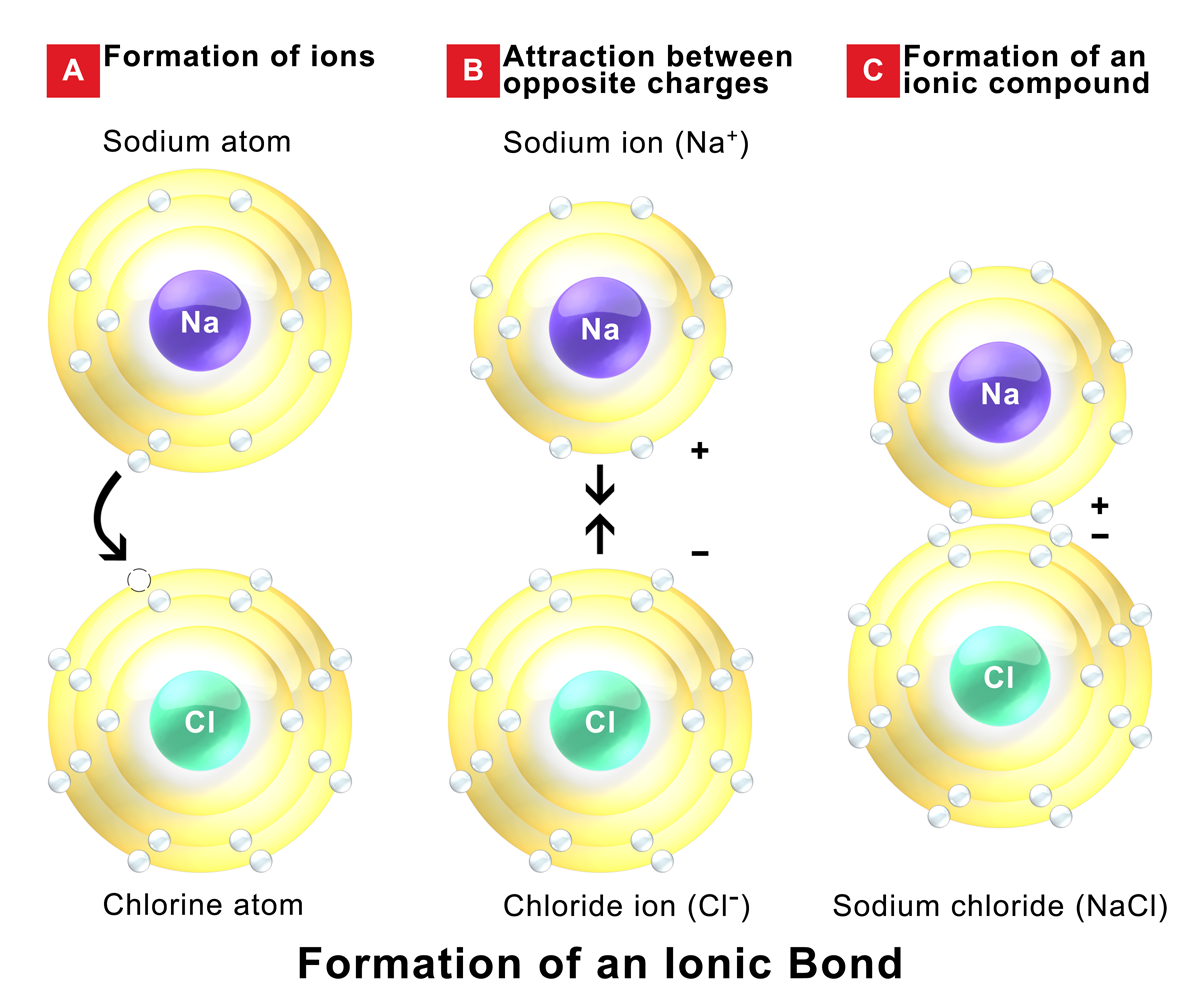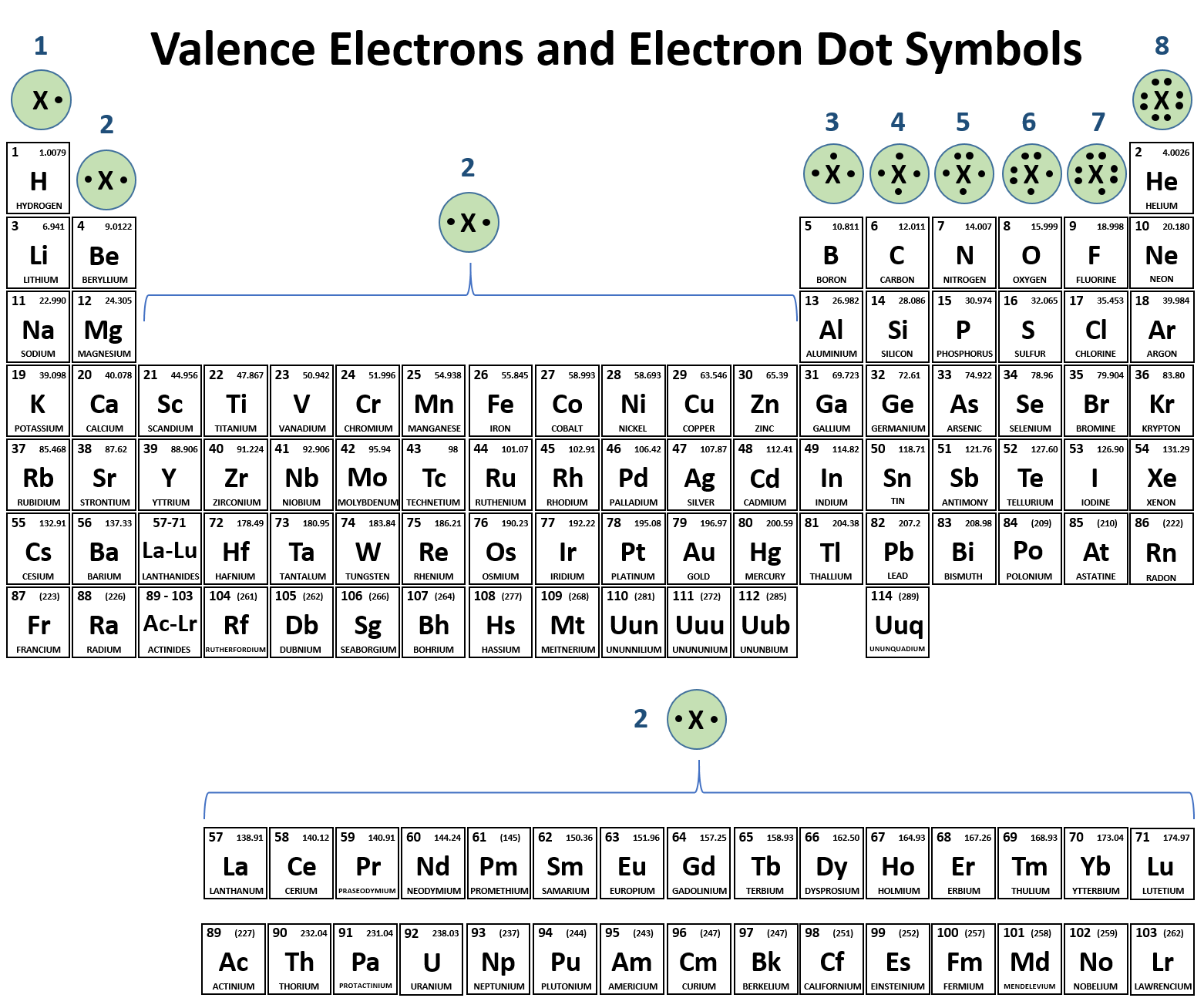Which Pair Of Elements Form An Ionic Bond
Which Pair Of Elements Form An Ionic Bond - A molecule or compound is made when two or more atoms form a chemical bond that links them together. An ionic bond is formed between compounds with a large electronegativity difference between them. Following this pattern, the triple bond in ethyne molecular formula c 2 h 2, (also known as acetylene, the fuel used in. Strontium (sr) and chlorine (cl) c. For example, cabr 2 contains a metallic element (calcium, a group 2a metal) and a nonmetallic. Both florine and sulfur are non. One way to predict the type of bond that forms between two elements is to consider whether each element is a metal or nonmetal. The combination of these ions form in numerical combinations that generate a neutral (zero charge). Web comparison of ionic and covalent bonds. As we have seen, there are.
Following this pattern, the triple bond in ethyne molecular formula c 2 h 2, (also known as acetylene, the fuel used in. One way to predict the type of bond that forms between two elements is to consider whether each element is a metal or nonmetal. As we have seen, there are. Cesium (cs) and germanium (ge) d. Ionic bond is formed by complete transfer of electron/s by an atom of electropositive. Web first, compounds between metal and nonmetal elements are usually ionic. An ionic bond is formed between compounds with a large electronegativity difference between them. A molecule or compound is made when two or more atoms form a chemical bond that links them together. The combination of these ions form in numerical combinations that generate a neutral (zero charge). Potassium (k) and bromine (br) explanation:
Return to bonding menu in modern language, the central idea of an ionic bond is that electrons (one or more, depending on the element). Web 1, which pair of elements is most likely to form an ionic bond. Carbon (c) and oxygen (o) b. As we have seen, there are. A molecule or compound is made when two or more atoms form a chemical bond that links them together. Both florine and sulfur are non. See answers advertisement advertisement brainly user brainly user answer: Cesium (cs) and germanium (ge) d. For example, cabr 2 contains a metallic element (calcium, a group 2a metal) and a nonmetallic. Web ionic bonds are formed by the combination of positive and negative ions;
How Does An Ionic Bond Form Between Sodium And Chlorine slideshare
Web which elements form ionic bonds? For example, cabr 2 contains a metallic element (calcium, a group 2a metal) and a nonmetallic. Carbon (c) and oxygen (o) b. Web ionic bonds are formed by the combination of positive and negative ions; One way to predict the type of bond that forms between two elements is to consider whether each element.
Ionic Bond Examples Biology Dictionary
One way to predict the type of bond that forms between two elements is to consider whether each element is a metal or nonmetal. Web ionic bonding occurs in compounds composed of strongly electropositive elements (metals) and strongly electronegative elements (nonmetals). Carbon (c) and oxygen (o) b. As we have seen, there are. Web which elements form ionic bonds?
Naming Simple Ionic Compounds Pathways to Chemistry
Web 1, which pair of elements is most likely to form an ionic bond. Following this pattern, the triple bond in ethyne molecular formula c 2 h 2, (also known as acetylene, the fuel used in. Carbon (c) and oxygen (o) b. Web ionic bonds are formed by the combination of positive and negative ions; Web first, compounds between metal.
Ionic Bond Definition, Types, Properties & Examples
An ionic bond is formed between compounds with a large electronegativity difference between them. The combination of these ions form in numerical combinations that generate a neutral (zero charge). As we have seen, there are. For example, cabr 2 contains a metallic element (calcium, a group 2a metal) and a nonmetallic. Web which elements form ionic bonds?
savvychemist Ionic Bonding (2) Dot and cross diagrams/Lewis structures
Web ionic bonding occurs in compounds composed of strongly electropositive elements (metals) and strongly electronegative elements (nonmetals). Web which pair of elements would form an ionic bond? Web a bond is ionic if the electronegativity difference between the atoms is great enough that one atom could pull an electron completely away from the other one. An ionic bond is formed.
Examples of Ionic Bonds and Ionic Compounds
Potassium (k) and bromine (br) explanation: Ionic bond is formed by complete transfer of electron/s by an atom of electropositive. As we have seen, there are. A molecule or compound is made when two or more atoms form a chemical bond that links them together. Return to bonding menu in modern language, the central idea of an ionic bond is.
Ionic Compounds Ionic bonds, Properties, Formation, Examples, Videos
Web ionic bonding occurs in compounds composed of strongly electropositive elements (metals) and strongly electronegative elements (nonmetals). An ionic bond is formed between compounds with a large electronegativity difference between them. For example, cabr 2 contains a metallic element (calcium, a group 2a metal) and a nonmetallic. In general, covalent bonds form. As we have seen, there are.
Periodic Table Ions List Periodic Table Timeline
Web which pair of elements will form an ionic bond? Web the pair of elements which on combination are most likely to form an ionic compound is: Following this pattern, the triple bond in ethyne molecular formula c 2 h 2, (also known as acetylene, the fuel used in. See answers advertisement advertisement brainly user brainly user answer: Web first,.
CH150 Chapter 4 Covalent Bonds and Molecular Compounds Chemistry
Web first, compounds between metal and nonmetal elements are usually ionic. Web ionic bonds are formed by the combination of positive and negative ions; A molecule or compound is made when two or more atoms form a chemical bond that links them together. Web which pair of elements would form an ionic bond? Potassium (k) and bromine (br) explanation:
Chemical Structure Chemical Bonding. Ionic, Metallic & Coordinate Bo…
Carbon (c) and oxygen (o) b. Web a bond is ionic if the electronegativity difference between the atoms is great enough that one atom could pull an electron completely away from the other one. Web ionic bonds are formed by the combination of positive and negative ions; Web ionic bonding occurs in compounds composed of strongly electropositive elements (metals) and.
Ionic Bond Is Formed By Complete Transfer Of Electron/S By An Atom Of Electropositive.
Strontium (sr) and chlorine (cl) c. Web first, compounds between metal and nonmetal elements are usually ionic. The combination of these ions form in numerical combinations that generate a neutral (zero charge). A molecule or compound is made when two or more atoms form a chemical bond that links them together.
Web A Bond Is Ionic If The Electronegativity Difference Between The Atoms Is Great Enough That One Atom Could Pull An Electron Completely Away From The Other One.
Cesium (cs) and germanium (ge) d. Web answer 52 people found it helpful podgorica option (2) strontium and chlorine. Web the pair of elements which on combination are most likely to form an ionic compound is: In general, covalent bonds form.
Following This Pattern, The Triple Bond In Ethyne Molecular Formula C 2 H 2, (Also Known As Acetylene, The Fuel Used In.
Sodium is a metal with a low electronegativity it will form an ionic bond with a non metal with a high electronegativity. Web which pair of elements will form an ionic bond? Web ionic bonding occurs in compounds composed of strongly electropositive elements (metals) and strongly electronegative elements (nonmetals). Web ionic bonds are formed by the combination of positive and negative ions;
As We Have Seen, There Are.
An ionic bond is formed between compounds with a large electronegativity difference between them. Web which elements form ionic bonds? Web which pair of elements would form an ionic bond? Carbon (c) and oxygen (o) b.
.PNG)




/ionic-bond-58fd4ea73df78ca1590682ad.jpg)



